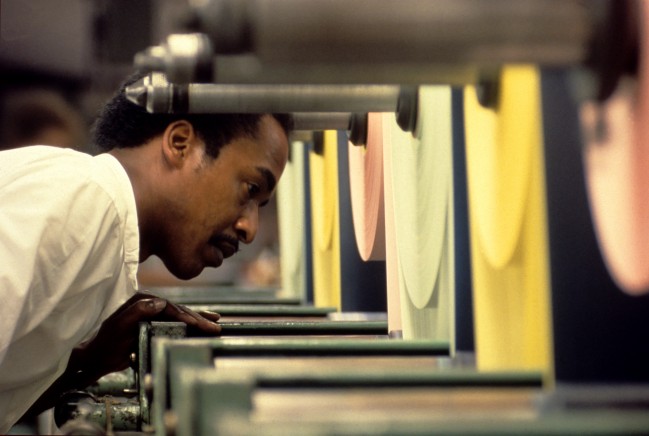
Pre-visualization can be the best tool for a photographer. Most people have heard of pre-visualization but few really know what it is. Basically, it is the art of “seeing” your photograph BEFORE you shoot it.
Sometimes, it is a vision in your head that you want to duplicate or it can be the art of stepping into a room, sizing the environment up within moments, and know exactly how you’re going to shoot the picture.
The former example is not the thrust of this blog, however, the latter is. The art of sizing up your environment, lighting, lens selection, and so forth, before you take a photograph can save you hours of needless walking around looking from different angles, trying different lenses, etc.
You may be on the clock but your client will feel more confidence towards you if he sees you take charge like you’ve done it before. No one likes to pay big bucks to an amateur.
When I walk into a room, it’s like I come out of my body and fly around the room, seeing all the possibilities that exist for the best possible photo in that situation. Over a days time, I can save hours of time.
Being able to “see” in your mind’s eye depends mostly on two things, in my opinion. Having shot in many situations alot…and a good imagination. An imagination that can visualize many possibilities in a flash.
When I walk into a room, the first thing I am watching for is a good background. Once I have established the best background, I imagine what it would look like through a lens (telephoto unless the room is tight). Then, I consider the lighting, usually, dictated by the space in the room too. Of course, a studio environment can be ideal for portraits but you don’t always have that luxury.
I have found that having to shoot on location can serve up some really interesting background and environmental elements that I probably would not have imagined in the initial photo had I not been there. I love making lemonade out of lemons. You just always have to make the best out of what you get. If the environment sucks and there’s no way out of it….make your lighting and lens choices great and shoot tight with shallow depth of field!